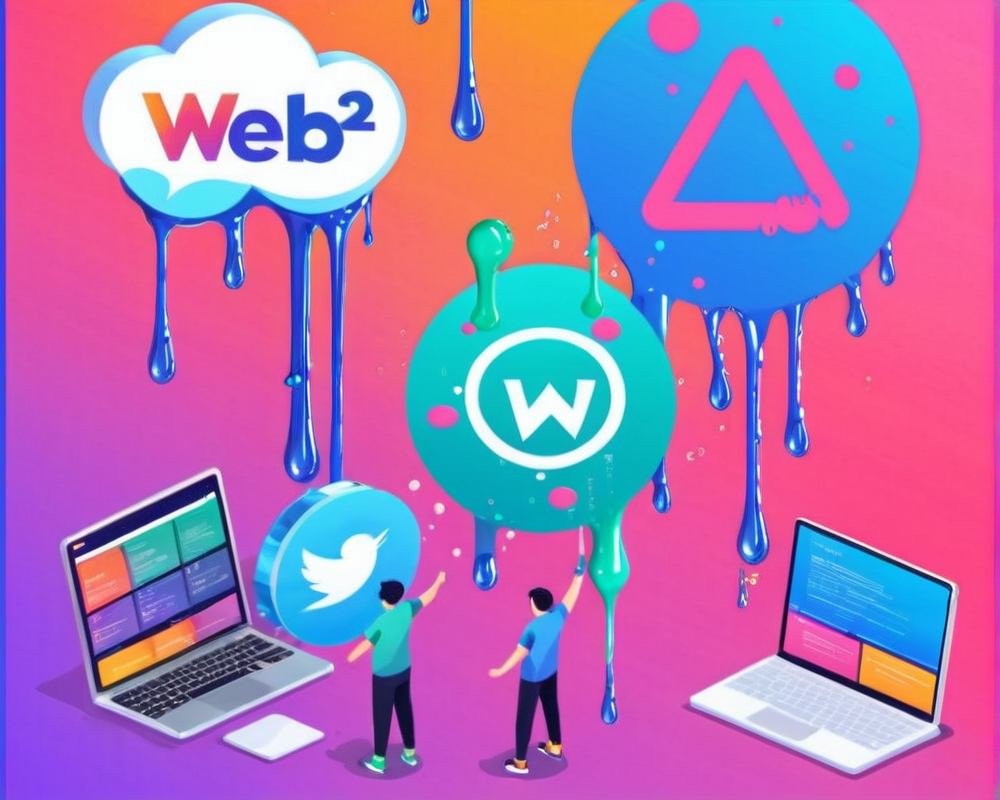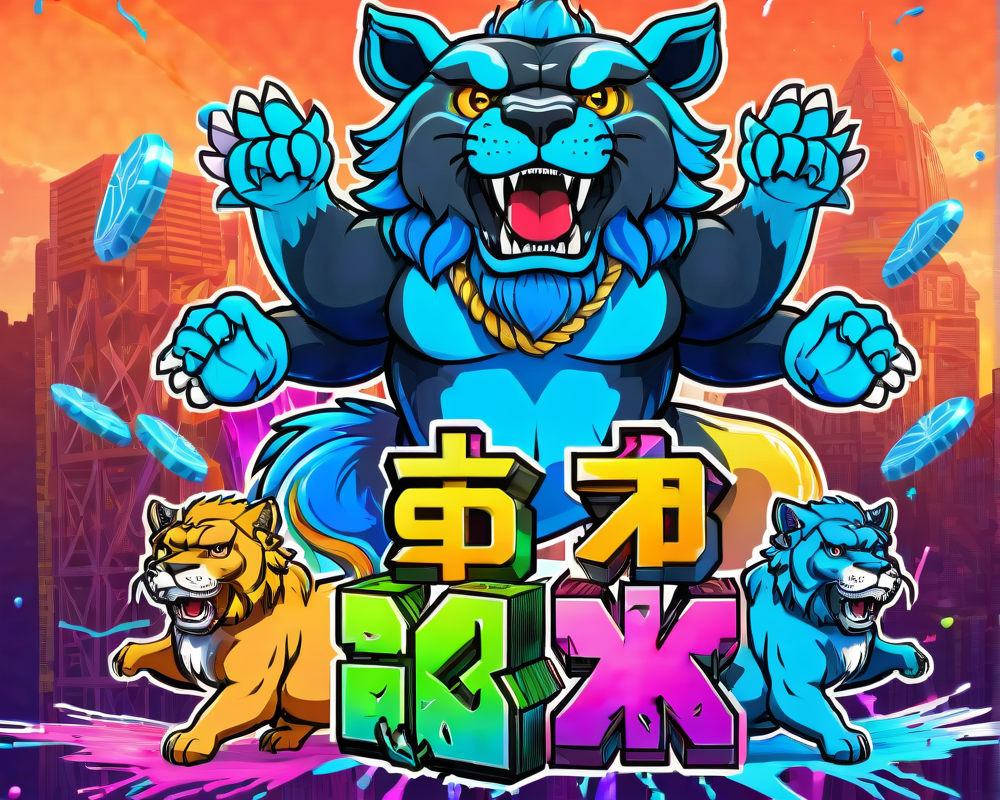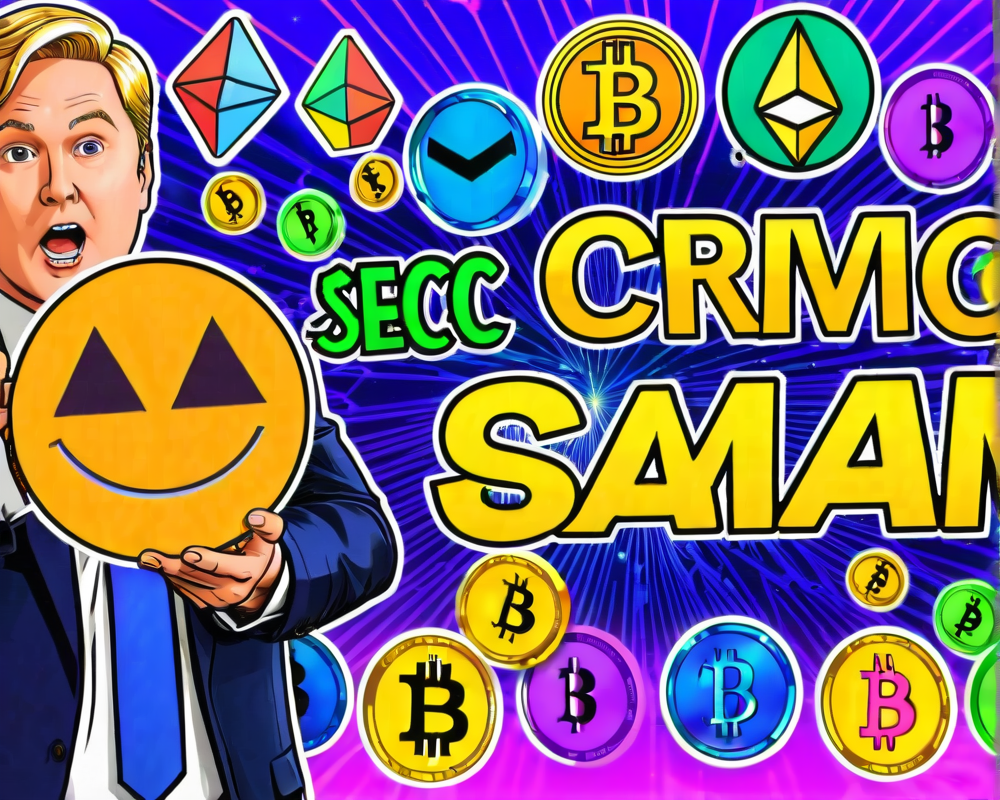Understanding Web2: The Social Media Playground
The current version of the web, commonly referred to as Web2, revolves around user-generated content. Think of platforms like YouTube, Instagram, and personal blogs as the bustling cafes of the internet, where anyone can step up to the mic and share their thoughts—or adorable cat videos. This iteration enhances what Web1 offered—a static read-only experience—by enabling users not just to observe but to create and engage.
The Problem with Centralization in Web2
While Web2 ushered in the age of social networks and user interaction, it has also allowed rent-seeking corporations to capitalize on the very freedom it provided. These centralized titans monetize user data like it’s going out of style. And as trust begins to erode, the clarion call for a more democratic web gets louder. Spoiler alert: Web3 is on the horizon, cape flapping in the digital wind!
Welcome to Web3: The Decentralized Frontier
Enter Web3: a universe that’s not just about reading and writing, but also owning. Imagine a vast digital landscape where you’re not merely the product but a stakeholder. The aim? Decentralized applications (DApps) that eliminate third-party middlemen. In this new world, you can log on without worrying about who’s secretly selling your data or manipulating your experience. Yes, please!
How Web3 Gets You in the Driver’s Seat
Web3’s magic comes from its decentralized structure. No more corporate overlords deciding if your post stays up or if your project gets funding. By using methods like zero-knowledge proofs and encryption, individuals regain control over their data. Now that’s what I call a data empowerment party!
Decentralized File Storage: A Censorship-Free Zone
One standout feature of Web3 is its use of decentralized file storage networks. Ever worry about your blog being yanked from the internet by a tech giant? With the InterPlanetary File System (IPFS), websites become resistant to censorship. Data is spread across users rather than hosted on a single central server. So, if one server goes down, your content lives on thanks to a network of supportive users—picture a digital buddy system!
DAOing It Up: A New Governance Model
Decentralized Autonomous Organizations (DAOs) are the unsung heroes of Web3, providing everyone a say in governance. These self-governing entities use smart contracts to make decisions, creating a model where power isn’t concentrated but shared. In DAOs, collective ownership is the name of the game—it’s like forming a book club, but instead of discussing classic literature, you’re collectively owning NFTs. Now we’re talking!
- Decentralization fosters inclusivity and reduces the risk of corruption.
- Members participate in decision-making, from art collection to charitable donations.
Looking Ahead: The Future Belongs to the Users
As DAOs gain traction across various sectors—NFTs, decentralized finance (DeFi), and even nonprofits—the potential for community-driven innovation skyrockets. Imagine a world where your neighbor’s pet project can thrive thanks to a DAO funded by the whole community. With lower overhead and greater efficiency, these initiatives can truly make a difference.
So where do we go from here? Web3 isn’t just a phase; it’s a revolution, paving the way for a more equitable internet. The next wave of digital freedom is just around the corner, and it’s inviting everyone along for the ride—minus the middlemen. Buckle up!




